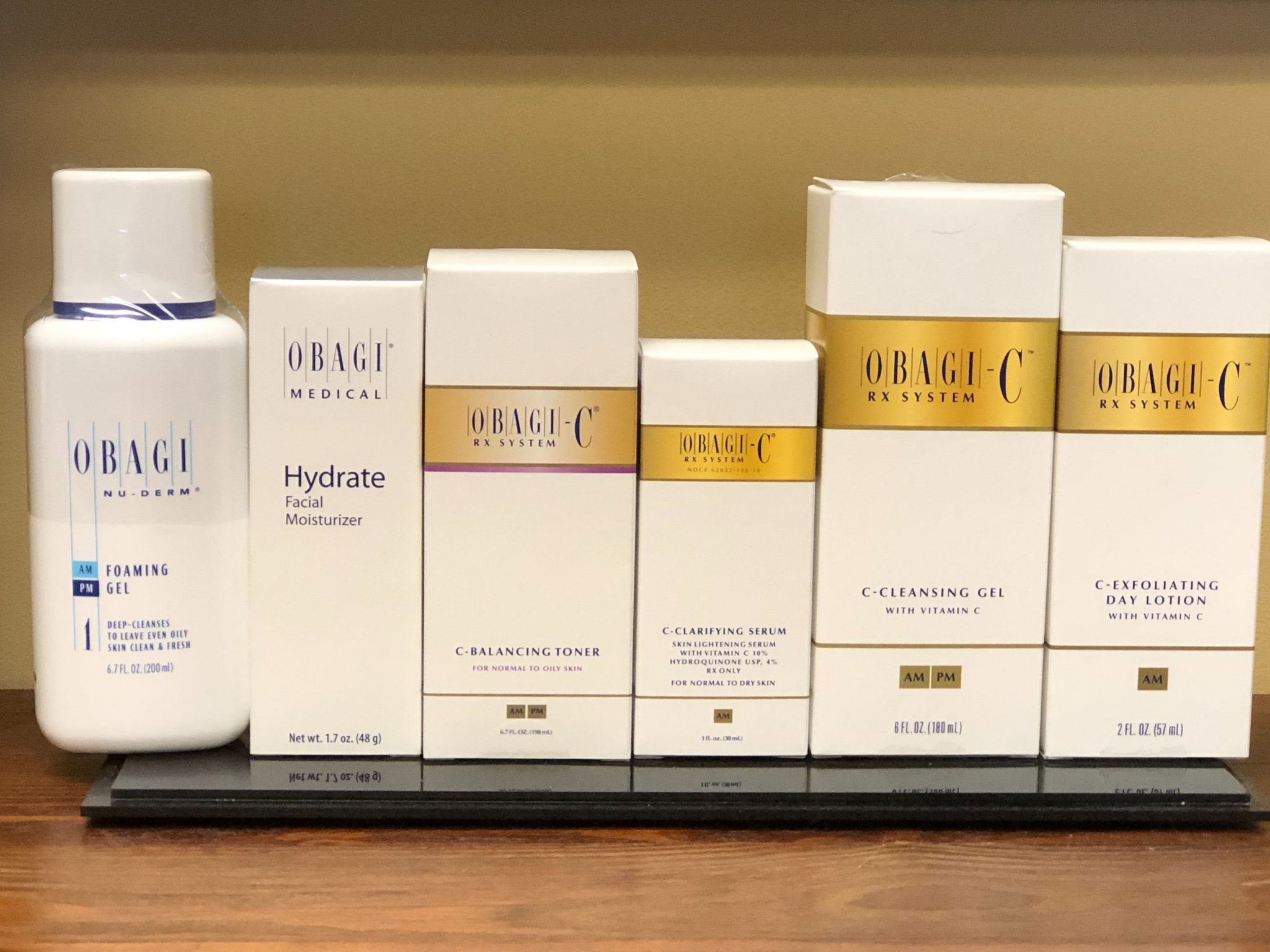January is the traditional time of year when many of us make New Year’s resolutions…
Skin Cancer Primer Part 4: Melanoma’s Warning Signs, Risk Factors, Treatment and Prevention
Skin cancer is the most common form of cancer – and the most preventable. If caught in time and treated, the majority of cases are not life threatening.
But it’s important to know what to look for and what to do if you find signs of skin cancer on your body or that of a loved one.
In this four-part Skin Cancer Primer provided by Price Skincare of Ridgeland, Mississippi, we will cover four of the most common types of skin cancer: actinic keratosis, basal cell skin cancer, squamous and melanoma.
We’ll teach you about each cancer’s:
• Symptoms
• Warning Signs
• Risk factors
• Causes
• Diagnosis
• Treatment
• Management
• Prevention
Part IV: Melanoma
What Is Melanoma?
Melanoma are cancerous growths that develop when unrepaired DNA damage to skin cells trigger mutations that encourage the cells to multiply quickly and form malignant tumors.
Melanomas often resemble moles and some even develop from moles. Most are black or brown, but they can also be skin-colored, pink, red, purple, blue or white.
Although Melanoma is not the most common kind of skin cancer it is the most dangerous and deadly. Each year, some 10,000 people die from melanoma-related illnesses.
In 2016, some 75,000 people were diagnosed with invasive melanomas.
Warning Signs
It’s important to conduct a self-exam of your skin monthly and to have your doctor conduct an exam annually.
During your self-exam, take note of any new moles or growths, and any existing growths that show signs of growth or change. In particular, watch for lesions that change, itch, bleed, or don’t heal.
Because melanoma is so deadly, physicians have developed two self-exam strategies to help people recognize the disease: ‘the ABCDEs’ and the ‘Ugly Duckling sign’.
ABCDE’s
Although moles and growths on the skin are generally harmless, they can be life-threatening. It’s important to know your skin well and to recognize any changes in the moles on your body.
Learn the ABCDE signs of melanoma and watch for them. If you see one or more, make an appointment with a physician immediately.
A – Asymmetry
If your mole is asymmetrical, you are at risk for melanoma. To determine whether your mole is asymmetrical or not, draw a line through the middle. If the two sides do not match, it is asymmetrical and you need to see your doctor.
B – Border
If the border (or edges) of your mole are uneven, scalloped or notched, you may be at risk. A benign mole has smooth, even borders, unlike melanomas.
C- Color
If your mole consists of a variety of colors such as various shades of brown, tan or black; or red, white or blue, you may be at risk. Benign molds are usually a single shade of brown.
D – Diameter
Although melanomas may be smaller when first detected, they usually grow larger in diameter than a pencil eraser. Benign moles are usually smaller in diameter.
E- Evolving
When a mole starts to evolve – or change – see a doctor. Any change in size, shape, color, elevation, or any new symptoms point to melanoma.
Ugly Duckling Sign
This method of self-exam is based on comparison. When you look at your moles, do they all look the same or is one different than the others? The one that looks or feels different or over time, or exhibits change, could be melanoma.
Risk factors
• Overexposure to the sun
• Sunburns
• Those who live in sunny regions such as Florida, Hawaii, and Australia.
• Tanning booth
• Existing moles
• Fair complexions and light skin
• Blonde or red hair
• Blue, green or grey eyes
• History of melanoma, basal cell carcinoma or squamous cell carcinoma
• Weakened immune system resulting from chemotherapy, organ transplant, excessive sun exposure, and diseases such as HIV/AIDS or lymphoma
• Genetics: 10% percent of melanoma patients have a family member with a history of melanoma.
Treatment
The first step of treatment is the removal of the melanoma through one of two methods:
• Standard Excision surgery
• Mohs Micrographic Surgery
Prevention
Prevention is always the best cure so make sure you abide by these safety rules when going out in the sun.
Tips for protecting yourself from the sun’s harmful rays:
• Avoid the sun’s peak hours between 10AM-4PM.
• Wear proper clothes and headgear
• Wear sunscreen with a SPF of 15 or higher. For extended outdoor activity, use a water-resistant, broad-spectrum (UVA/UVB) sunscreen with an SPF of 30 or higher.
• Do not let yourself burn.
• Avoid sun tanning, UV tanning booths and ‘sunburn art’.
• Take extra care around water, snow, ice, sand and high altitudes as the sun’s ultraviolet rays are stronger in high altitudes.
• Conduct a self-examination from head-to-toe every month.
• See your physician annually for a professional skin exam.




